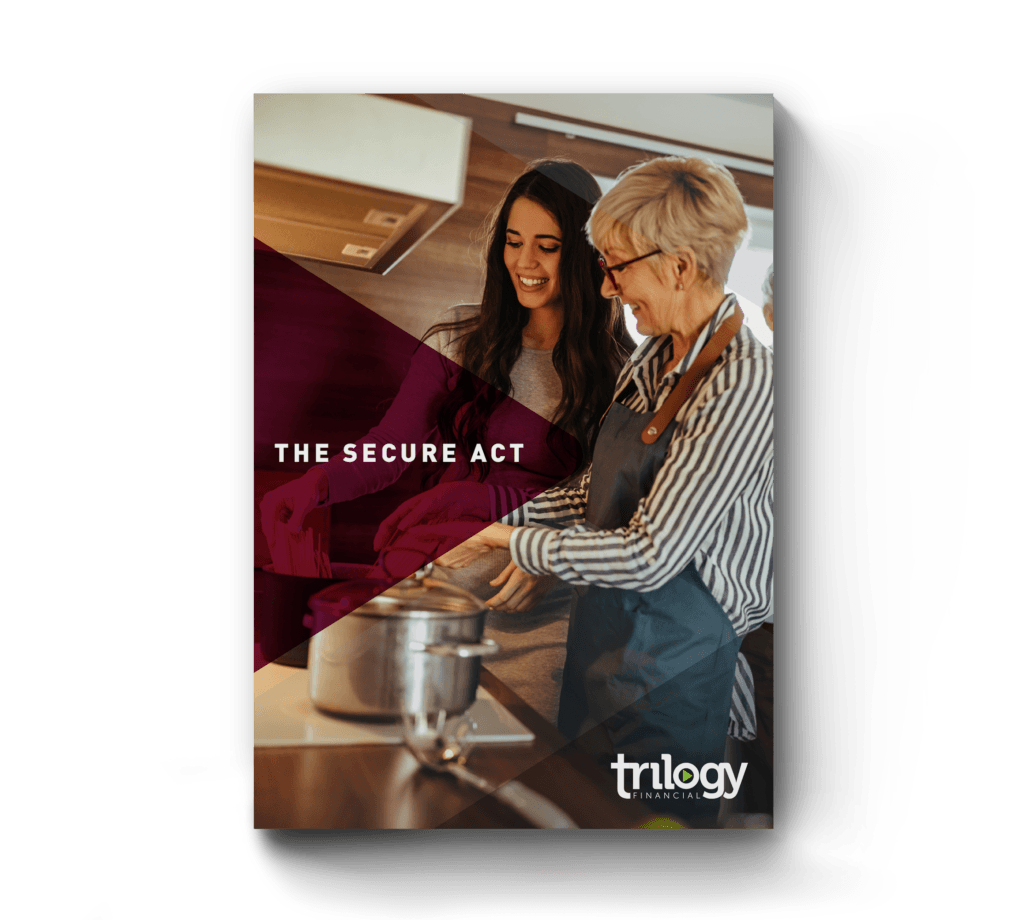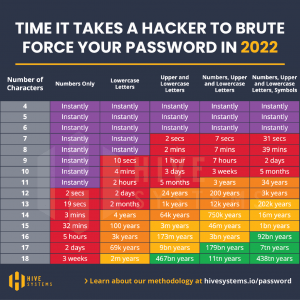It’s no surprise that I often talk about the need to have a strong, supportive financial team to pursue financial independence. These financial teams can consist of a CPA, an estate planning attorney or a real estate agent, with your trusted financial advisor acting as the general manager of your team. While each one provides a specialized level of expertise, for individuals who are married, there is another person that can make or break your route to financial independence: your spouse. Often, we underestimate the value your spouse brings to your financial house, which is why it is so important to make them the MVP of your financial team.
In order to pursue financial independence, couples must be on the same page and work together towards common goals. For many, though, that is just not the case. Nearly half of U.S. couples argue over finances.[i] These disagreements can be based on resentment over spending rather than saving. Sometimes arguments arise over differing risk tolerance. The heart of these issues lies in goal mismatch, a situation that arises when your combined goals are not aligned. When you and your spouse are not working together towards your combined financial independence, chances of reaching it are slim.
While some couples argue, others simply don’t communicate. Both people in a marriage need to be involved in their finances, agreeing on their financial goals and the steps they’re taking to get there. Being unaware of your financial household, whether it’s because only one person in the relationship is in charge of the household finances or because both parties have decided to keep separate financial lives, simply causes problems. When you don’t know what the other is doing with their money, you can’t be sure that you’re both working towards the same goals in the most effective way. Additionally, you may be setting yourself up for unfortunate complications if your partner unexpectedly passes or becomes incapacitated. Honestly, I’d rather have my clients argue than avoid discussing finances. At least they’re talking about it.
So how do you and your spouse get on the same page? You can start by taking my financial compatibility quiz. Not only will the quiz show you what areas the two of you are like-minded and what areas you need to work on, but it’ll also give you the conversation starters to mine those areas you may not see eye-to-eye on. If you need a little more guidance on what to talk about, you can check out my book, The Couple’s Guide to Financial Compatibility. Also, make sure to get some time for yourself for date night – particularly a Financial Date Night. Make the investment for a babysitter to ensure some consistent quality time where you can have open, honest discussions on big-picture issues and long-term goals. For those really tough topics, you can use a trusted Financial Advisor to help you navigate the conversation.
I am a firm believer in investing in your future. Whether you invest in a book, a babysitter or your time, these investments go a long way to ensure your marital financial health. It’s when you make sure that you’re working together with your spouse that you build a strong and sure route to your financial independence.
[i] https://nypost.com/2017/08/03/the-reasons-most-couples-argue-about-money/
The opinions voiced in this material are for general information only and are not intended to provide specific advice or recommendations for any individual. To determine what is appropriate for you, consult a qualified professional.



